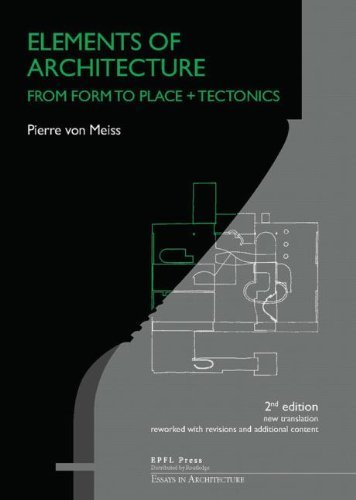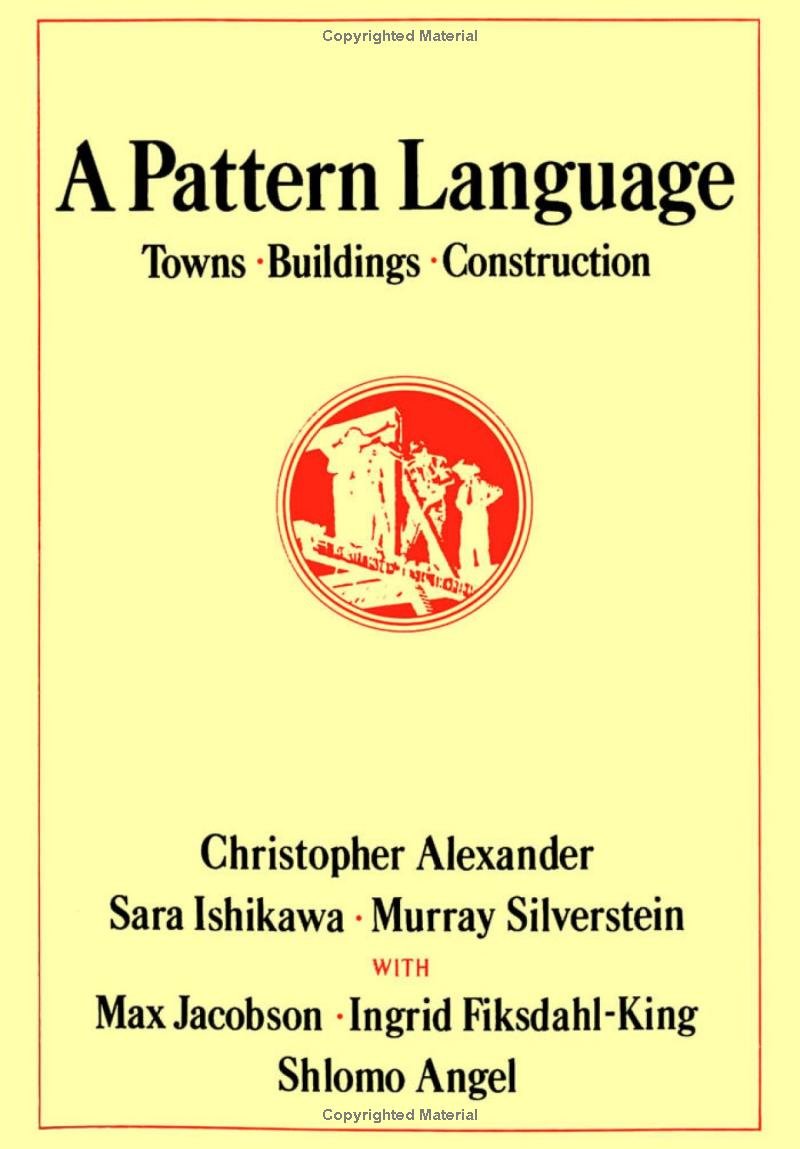Architecture Books RECOMMENDATION
As architects, we understand the profound impact that great design can have on the world around us. To continually refine our craft, it's crucial to stay inspired, informed, and up-to-date with the latest trends and innovations in architecture. One of the most effective ways to achieve this is by immersing ourselves in a well-curated selection of books that encompass the rich history, groundbreaking theories, and practical insights of our field. Here are eight essential books that no architect's library should be without.
"The Architecture of Happiness"
by Alain de Botton
Alain de Botton's eloquent exploration of the relationship between our surroundings and our emotions offers a refreshing perspective on the purpose and power of architecture. Through insightful observations and thought-provoking anecdotes, de Botton reminds us that design is not just about aesthetics, but also about creating spaces that resonate with our inner selves. #adv
"Delirious New York: A Retroactive Manifesto for Manhattan"
by Rem Koolhaas
In this playful and provocative book, Rem Koolhaas celebrates the frenetic energy and architectural eclecticism of New York City. Through a blend of historical analysis, personal anecdotes, and imaginative drawings, he explores the city's unique architectural evolution and its impact on urban design worldwide. #adv
"S,M,L,XL"
by Rem Koolhaas and Bruce Mau
This hefty tome is a compendium of essays, projects, and manifestos that reflect the avant-garde thinking of one of the most influential architects of our time, Rem Koolhaas. With a blend of philosophical musings and groundbreaking architectural projects, "S,M,L,XL" challenges conventional notions and expands the boundaries of design thinking. #adv
"Complexity and Contradiction in Architecture"
by Robert Venturi
Venturi's groundbreaking treatise challenges the prevailing modernist dogmas and advocates for a more inclusive and nuanced approach to design. With keen insights and a healthy dose of wit, he celebrates the beauty found in complexity and contradiction, championing an architecture that embraces diversity and richness. #adv
"Formgiving"
by Bjarke Ingels Group (BIG)
"Formgiving" takes readers on a visual journey through the architectural evolution of BIG, one of the world's most innovative architectural firms. Through stunning imagery and detailed narratives, it showcases the design processes behind some of their most iconic projects, offering valuable lessons in creativity and innovation. #adv
"Architecture: Form, Space, and Order"
by Francis D.K. Ching
This classic textbook serves as a fundamental guide to the principles of architectural design. With clear illustrations and concise explanations, Francis D.K. Ching demystifies the concepts of form, space, and order, providing a solid foundation for both students and practicing architects. #adv
"Home: A Short History of an Idea"
by Witold Rybczynski
Witold Rybczynski takes readers on a historical journey through the evolution of the concept of "home." This book explores how architectural and cultural factors have shaped our ideas of what constitutes a home over the centuries, offering profound insights into the relationship between architecture and human living spaces. #adv
Experiencing Architecture
by Steen Eiler Rasmussen
Rasmussen's classic work explores the sensory and experiential aspects of architecture. Through vivid descriptions and illustrations, he helps readers understand how architecture engages our senses and emotions, offering valuable insights for designing spaces that resonate with people. #adv
The Elements of Architecture: From Form to Place
by Pierre von Meiss
This comprehensive guide provides a thorough examination of the fundamental elements that make up architectural form. Pierre von Meiss offers valuable insights into how these elements interact and contribute to the creation of meaningful and functional spaces. #adv
101 Things I Learned in Architecture School
by Matthew Frederick
Matthew Frederick distills years of architectural education and practice into concise, practical lessons. This book covers a wide range of topics, from design principles to professional insights, offering invaluable wisdom for students, aspiring architects, and seasoned professionals alike. It's a pocket-sized treasure trove of knowledge that's easy to reference and reflect upon in your architectural journey. #adv
"A Pattern Language: Towns, Buildings, Construction"
by Christopher Alexander, Sara Ishikawa, Murray Silverstein, Max Jacobson, Ingrid Fiksdahl-King, Shlomo Angel
Regarded as a seminal work in the field of architecture, this book introduces a language of design elements that can be used to create environments that are not only visually pleasing but also functional and deeply connected to the human experience. The authors present a comprehensive set of patterns that range from the arrangement of rooms to the layout of entire towns. #adv
"The Poetics of Space"
by Gaston Bachelard
Gaston Bachelard's poetic exploration of our intimate relationship with spaces delves into the emotional and psychological impact that architecture exerts on individuals. Through lyrical prose, Bachelard invites us to reflect on the meaning and memories that inhabit our living environments, offering a unique perspective on the essence of architectural creation. #adv
"Towards a New Architecture"
by Le Corbusier
Le Corbusier's manifesto for modernist architecture remains a cornerstone in architectural literature. In this visionary work, he articulates his belief in the potential of architecture to shape a better, more efficient, and more harmonious world. Through compelling arguments and striking visuals, Le Corbusier challenges architects to transcend convention and embrace a new architectural language. #adv
"Manual of Section"
by Paul Lewis, Marc Tsurumaki, and David J. Lewis
"Manual of Section" is a practical guide that dissects the art of creating architectural sections. It offers in-depth insights into how to use this fundamental technique to communicate complex ideas effectively. With numerous examples and case studies, this book equips architects with the tools to master the art of section drawing. #adv
Building Construction Illustrated
by Francis D.K. Ching
This comprehensive guide provides a detailed overview of construction techniques, materials, and systems. With clear illustrations and concise explanations, Francis D.K. Ching demystifies the construction process, making it an essential resource for architects and students. #adv
"The Future of Architecture in 100 Buildings"
by Marc Kushner
Marc Kushner offers a captivating glimpse into the future of architecture through a curated selection of innovative and boundary-pushing projects from around the world. By showcasing a diverse range of designs, from high-tech skyscrapers to eco-conscious residences, Kushner inspires architects to think boldly and embrace the limitless possibilities of their craft. #adv
"Combinatory Urbanism: The Complex Behavior of Collective Form"
by Thomas Thwaites
Thomas Thwaites delves into the complexities of urban design and planning in "Combinatory Urbanism." This book explores the intricate interactions between various elements in urban environments, helping architects and urban planners understand how to create dynamic, functional, and sustainable cities. #adv
These Books offer a diverse and thought-provoking journey through the realms of architecture. Whether you're a seasoned professional or a budding designer, each of these titles has the potential to inspire, challenge, and deepen your understanding of the built environment. By immersing yourself in the wisdom of these authors, you'll not only expand your knowledge but also fuel your passion for creating spaces that resonate with the human spirit. Happy reading! #adv
Any questions or suggestions? Contact us!
















